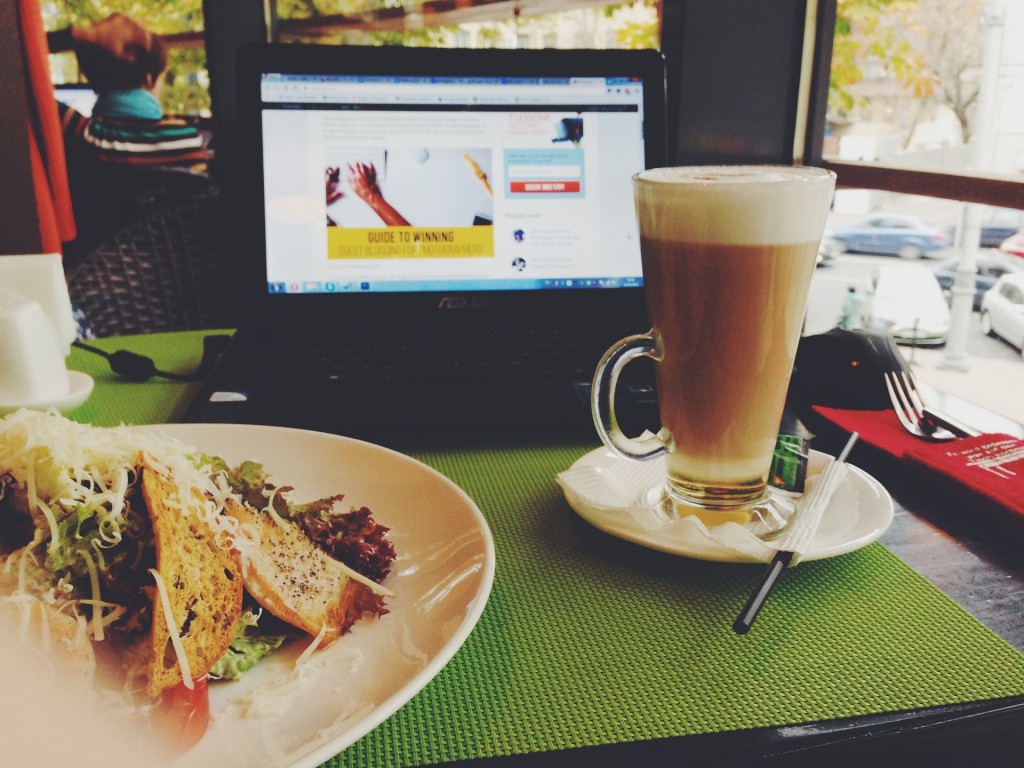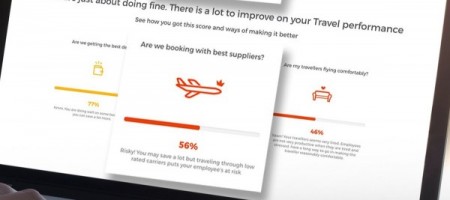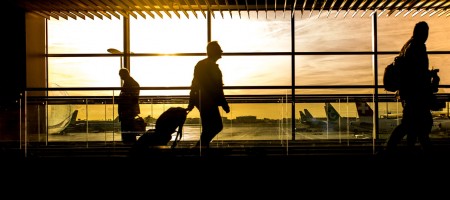It is easy to fall prey to data theft and with everything, from our photo albums to bank accounts, moving online, it isn’t something that can be ignored. The risk goes up even further while travelling as we connect to various unknown networks. Data connectivity might not be spot on at all times and one might have to rely on some coffee shop network to upload photos or book a ticket. Every hotspot won’t provide the same level of protection as a home or work network. Attackers can use sniffing tools and gather data from a network. People often face issues like compromised card details or passwords and using public Wi-Fi’s are a major contributor.

While you can’t avoid using the internet when required, you can follow these simple tips to be safer on a public Wi-Fi:
#1- Disable Sharing
You may choose to share your music, photos, files and everything else on your home and work network but make sure you disable sharing on your laptop before you connect to a public Wi-Fi. The setting can be easily toggled for both Windows and Mac. Unless you disable it before you use public Wi-Fi, one can easily gain access to your data. The newer versions of Windows usually ask you to choose the kind of network you are connecting to and apply the settings accordingly but make sure you ensure the same.
#2- Get VPN
Using a VPN network is the most secure way to use internet on a public network. A VPN network basically transfers all the data through a secure network so the personal information associated with your device and all your data is safe. Plenty of VPN services are available for free for both laptops and mobile devices. If you want more options and control over which country your traffic is routed through, opt for a paid VPN service.
#3- Use secure connection
An increasing number of websites have started to use HTTPS which encrypts the data before transmitting over the network. Websites using HTTP transfer content in plain text making it easier for prying eyes. While you won’t find all the websites running on HTTPS, you can use plugins like ‘HTTPS everywhere’ for your web browser. It automatically switches a large number of websites from HTTP to HTTPS and protect you to a large extent.
#4- Two step authentication
Adding an extra layer of security to your accounts will save your accounts from being compromised. Most of the popular websites and services like Gmail and Facebook have the option of adding an extra step along with the password. Usually it is some code sent to you on your phone or email. This way even if someone has your password due to network security loopholes, they won’t be able to access your account.
#5- Confirm network name
When sitting in Starbucks, don’t just connect to the first Wi-Fi network that says Starbucks in its name. If there are multiple networks and you aren’t clear on which is the right one, confirm with the staff of coffee shop / library / hotel so that you don’t end up connecting to a fake network set up to capture user data.
So the next time you are connecting to any public Wi-Fi while travelling to a new place, make sure you have ticked items off the security checklist.



















